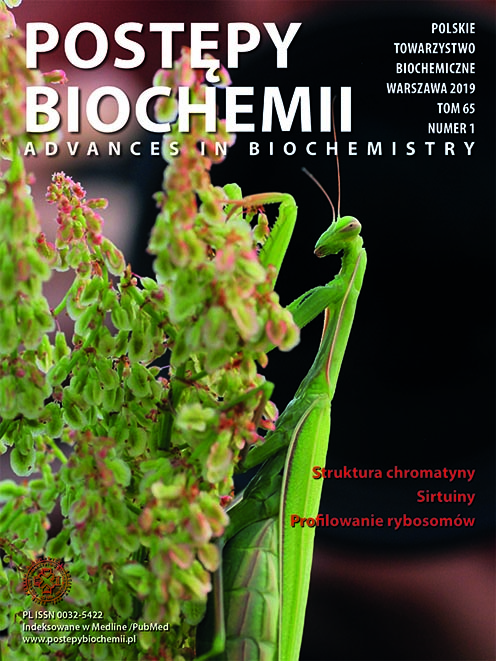Suppression of PAMP-triggered immunity (PTI) by effector proteins synthesized by phytopathogens and delivered into cells of infected plant
DOI:
https://doi.org/10.18388/pb.2019_257Abstract
Plant immunity is constituted by multilayered system involving two intertwined lines of defence: a first level of immunity termed PAMPâtriggered immunity (PTI) or basal resistance, and a second layer of plant defence, called effector-triggered immunity (ETI). The second line
of defence depends on the ability of the plant to recognize phytopathogen-synthesized effector proteins delivered into host plant cells. The effector proteins employ common as well as pathogen-specific strategies to disturb plant immunity and to promote pathogen survival and favor their multiplication. They target pattern-recognition receptors (PRRs) and key components in the PTI signaling pathways, as well as, they interfere with many cellular processes including vesicle transport, cytoskeleton reorganization, proteasome-dependent protein degradation, phytohormone biosynthesis and signaling, and gene expression. This results in effector-triggered susceptibility (ETS). However, in some cases, pathogen effectors are recognized by plant intracellular immune receptors NB-LRR/NLR that identify effector proteins. Conformational changes in the NB-LRR/NLR immune receptors accompanying the recognition of the effector proteins activate intracellular signaling pathways initiating a whole range of defence responses that form the second line of local defence.
Downloads
Published
Issue
Section
License
All journal contents are distributed under the Creative Commons Attribution-ShareAlike 4.0 International (CC BY-SA 4.0) license. Everybody may use the content following terms: Attribution — You must give appropriate credit, provide a link to the license, and indicate if changes were made, ShareAlike — If you remix, transform, or build upon the material, you must distribute your contributions under the same license as the original. There are no additional restrictions — You may not apply legal terms or technological measures that legally restrict others from doing anything the license permits.
Copyright for all published papers © stays with the authors.
Copyright for the journal: © Polish Biochemical Society.




